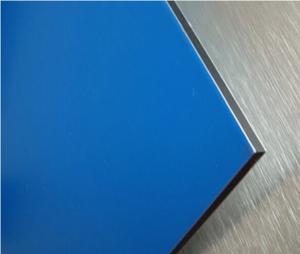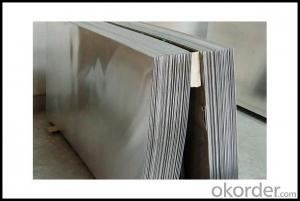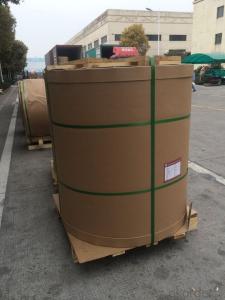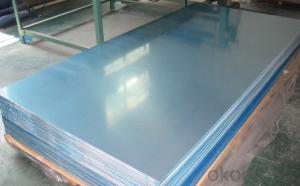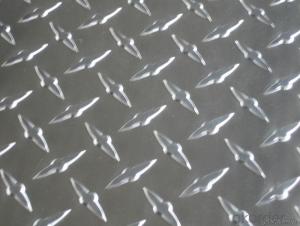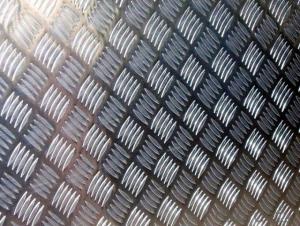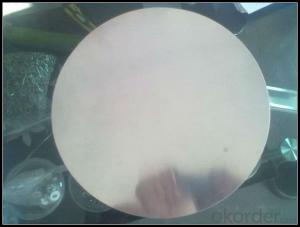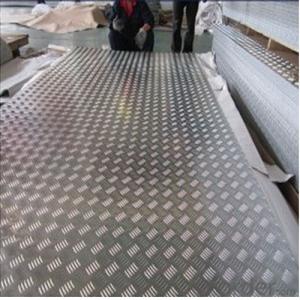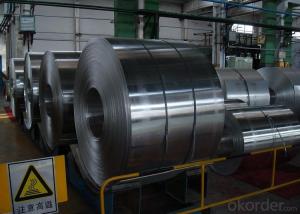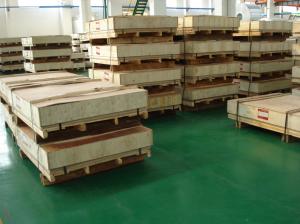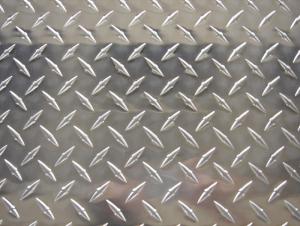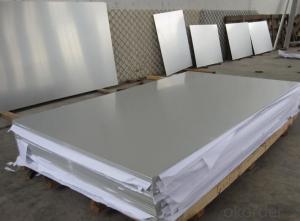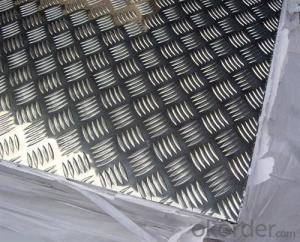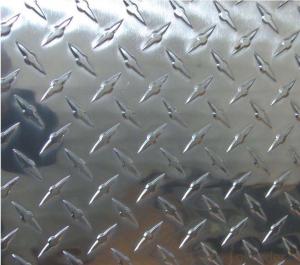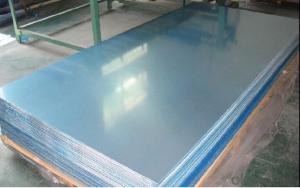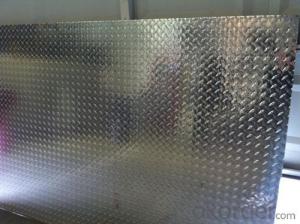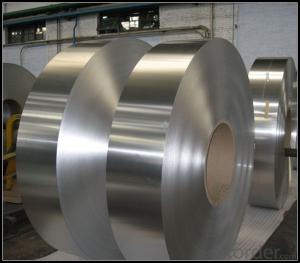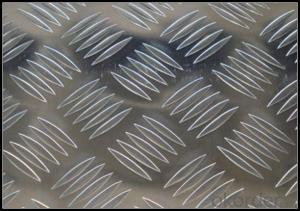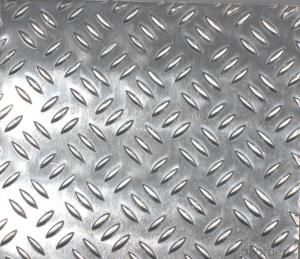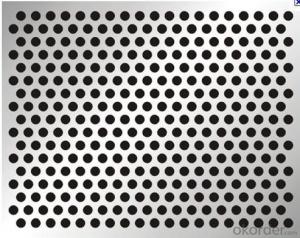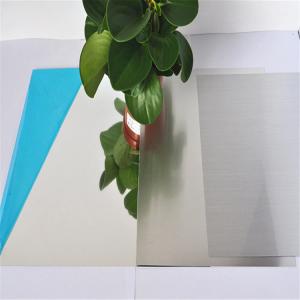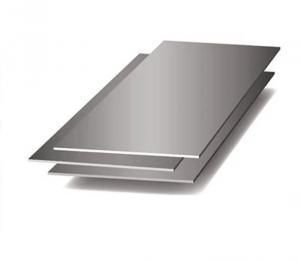1 4 Diamond Plate Aluminum Sheet
1 4 Diamond Plate Aluminum Sheet Related Searches
1/4 Diamond Plate Aluminum Sheet 1 4 Aluminum Diamond Plate Sheet Of Diamond Plate Aluminum 1 8 Diamond Plate Aluminum Sheet Aluminum Sheet Diamond Plate 1 4 Inch Aluminum Diamond Plate Diamond Plate Aluminum Sheets Sheets Of Aluminum Diamond Plate Diamond Plate Sheet Aluminum Sheet Aluminum Diamond Plate Aluminum Diamond Plate 4x8 Sheet Sheet Diamond Plate Aluminum 1 4 Aluminum Plate 4x8 Sheet Aluminum Diamond Plate Diamond Plate Aluminum Sheets 4X8 4x8 Sheet Diamond Plate Aluminum 1/4 Inch Aluminum Diamond Plate 1/4 Aluminum Diamond Plate 1 4 Aluminum Diamond Plate Price Diamond Plate Aluminum Sheeting 1 4 Inch Aluminum Plate 4x8 1 4 Aluminum Diamond Plate Aluminum Diamond Plate 1/4 Thick 1/4 Inch Diamond Plate Aluminum 1/4 Diamond Plate Aluminum 1 4 Thick Aluminum Plate Diamond Embossed Aluminum Sheet 1 4 In Aluminum Plate 1 2 Aluminum Diamond Plate 1 4 Inch Thick Aluminum Plate1 4 Diamond Plate Aluminum Sheet Supplier & Manufacturer from China
The 1/4 Diamond Plate Aluminum Sheet is a popular choice among construction and manufacturing industries due to its durability and slip-resistant surface. Made from high-quality aluminum, this product offers a strong and lightweight solution for various applications, ensuring safety and efficiency in different environments. The 1/4 Diamond Plate Aluminum Sheet is widely used in ramps, flooring, walkways, and other surfaces where a non-slip surface is required, making it an essential component in both commercial and residential settings. Its unique diamond pattern not only provides traction but also adds an aesthetic appeal to the area it covers.Okorder.com is a leading wholesale supplier of the 1/4 Diamond Plate Aluminum Sheet, offering a vast inventory to cater to the diverse needs of customers. By partnering with Okorder.com, businesses can access a reliable source for this essential product, ensuring that they receive top-quality materials at competitive prices. The company's commitment to customer satisfaction and efficient service makes it the go-to choice for those seeking 1/4 Diamond Plate Aluminum Sheets for their projects.
Hot Products

